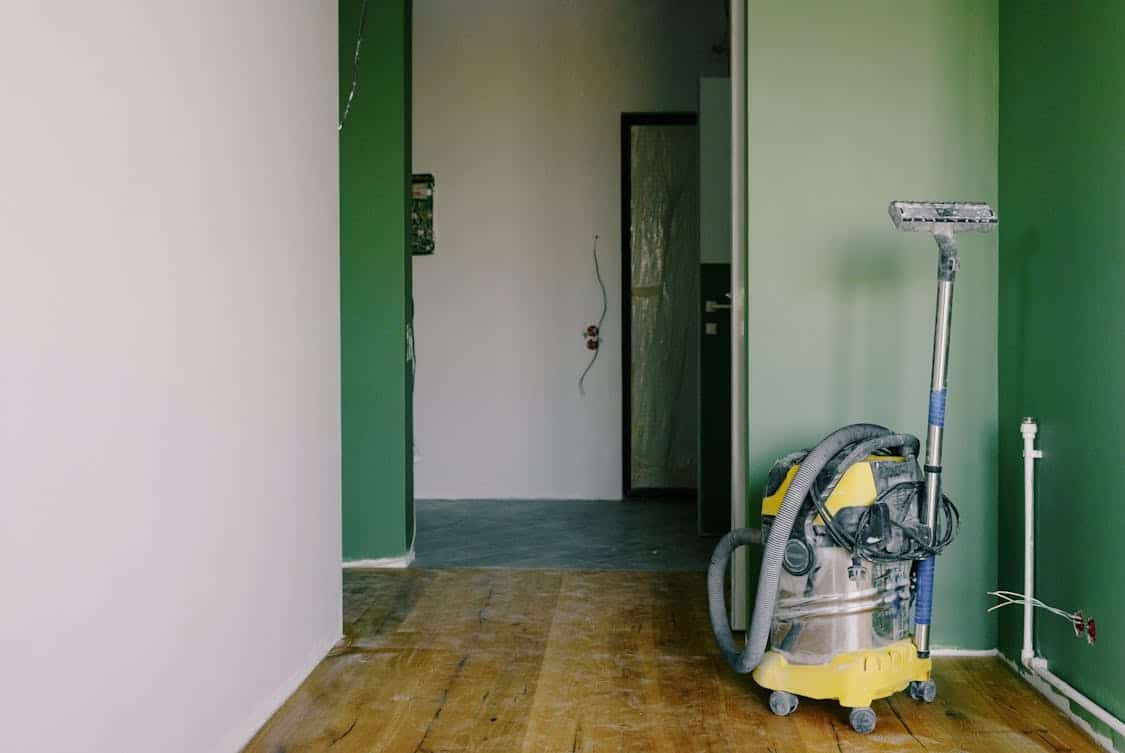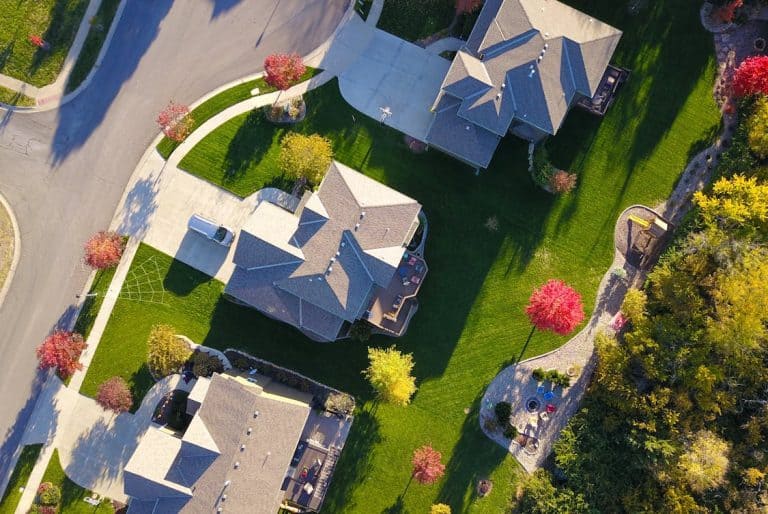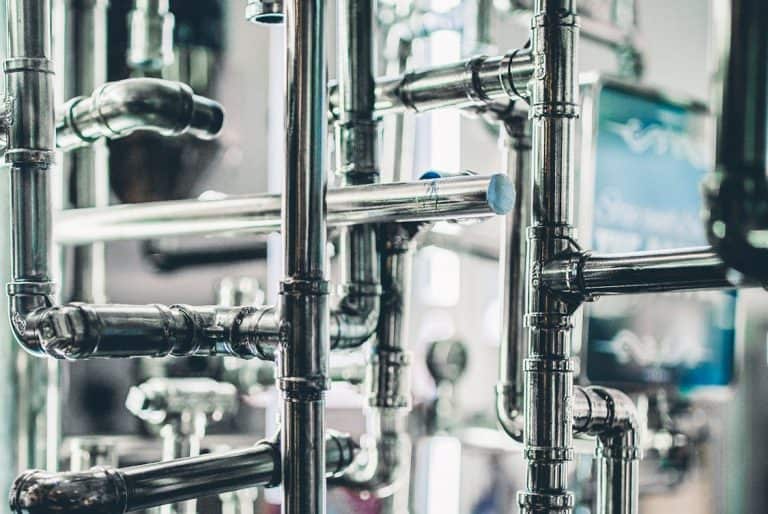Replacing tile floors with epoxy resin is a great way to breathe new life into any residential, commercial or industrial space. This durable floor coating is easy to maintain and offers a unique visual effect.
However, determining whether it is possible to overcoat tiles with epoxy depends on a few different factors. The key is proper preparation of the tiles to ensure a strong bond.
Preparation
In some cases, resurfacing with epoxy can be more cost-effective than replacing tiled floors. However, a lot depends on the condition of the floor and what’s beneath it. If there’s a heavy layer of floor leveller and glue holding down tiles, the removal process can be very challenging and time-consuming. The subfloor may also sustain some damage from the jackhammer, leaving divots and chips that need to be repaired before an epoxy floor can go down.
To get the best results, it’s important to prepare the surface properly before starting. This means thoroughly cleaning the floor and making sure it’s dry. It’s also a good idea to etch the tile surface, creating a rough texture that will help the epoxy bond with it.
This step is particularly important if the flooring will be subjected to oil or chemical spills. It will help the epoxy to resist penetration and prevent the build-up of toxic substances in the concrete.
Once the floor has been cleaned and roughened, it needs to be primed. The primer will ensure the epoxy bonds with the substrate and it’s a good idea to use an industrial vacuum cleaner that picks up even the smallest dust particles.

When it comes to applying the actual epoxy coating, a team of people is always advisable. Epoxy has a very short pot life and the team will need to apply it quickly before it starts to harden.
To achieve the best possible results and ensure long-lasting durability, it’s essential to transform your floors with expert craftsmanship, ensuring every step is carried out meticulously. Having an experienced team on hand will make the project much smoother and faster. They can also provide any advice or support necessary to ensure the best results for the floor.
Epoxy floors are very durable and can withstand the impact of vehicles driving over them. They’re also waterproof, which makes them ideal for areas that are likely to experience water spillage or flooding. This can be particularly beneficial in commercial spaces that have to deal with chemical or oil spills. The epoxy will create an impenetrable seal that will protect the floor from any water damage. It’s also a much quicker and cheaper solution than removing and replacing the existing tile.
Adhesion
The main issue with installing epoxy flooring over tile is ensuring strong adhesion, which is essential for durability. This means thoroughly cleaning the surface of the tiles and removing any contaminants that could interfere with the epoxy sticking to it, including grease and oil. It is also important to sand the tiles’ surfaces to roughen them, as this creates a stronger grip for the epoxy.
This meticulous preparation is a must for all epoxy floors, but it’s especially vital when doing so over tile. Without it, the epoxy can easily peel away from the tile and leave behind a sticky residue or damaged surface.
Another key consideration is the thickness of the tile itself, as well as its condition. For example, glazed tile often has a gloss that can make it slippery and difficult to walk on. This can lead to injuries and is a hazard that needs to be addressed before proceeding. Grout is also a problem, as it’s porous and can absorb grease and grime that will affect the epoxy’s ability to stick to the floor.
Once the tiles have been properly prepared, it’s time to apply the epoxy coating. This process should be done quickly, as the epoxy can heat up and accelerate its development if it’s left in the can for too long. It is also important to spread the epoxy evenly over the entire surface to avoid any bubbles that can compromise its durability and appearance.
Epoxy is also water-resistant, which makes it a perfect option for areas that are prone to spills or flooding. It will prevent water from seeping into the concrete and damaging it, as well as preventing dangerous chemical and oil spills from soaking in and contaminating the area.
In addition, epoxy is extremely durable and offers a range of aesthetic options that can transform the look of any space. It can also be heated to make the floor warmer and safer to walk on in winter. However, it’s worth mentioning that epoxy can be expensive, and the color may fade over time if exposed to sunlight.
Bonding
If you want to install epoxy flooring over your tiled surfaces, the state of the existing tile is critical. It must be free of damage and in good condition. If it isn’t, you’ll need to remove it and replace it before applying the epoxy.
This can be a costly process, especially if the original tile is in bad shape. Even if it is in good condition, you should inspect the floor carefully before beginning the treatment to ensure that it hasn’t cracked or become compromised in any way. This will help ensure that the new flooring lasts as long as possible, giving you a return on your investment.
The most important step in preparing tile for epoxy is cleaning. This will remove any dirt, grease, or other contaminants that could hinder adhesion. The surface of the tile should also be sanded and roughened to create a more effective bond with the epoxy. Finally, the grout lines need to be filled to create a smooth and uniform surface. This can be achieved through mechanical means or through a levelling compound.
Whether or not to install epoxy over tiles is a personal decision for each property owner. However, it is becoming more common as people discover the benefits of this versatile and durable flooring solution. It is also an attractive alternative to the more time-consuming and expensive process of removing and replacing the existing tiled floor.
In addition to its durability and aesthetic appeal, epoxy flooring is easy to maintain. The surface of the resin is smooth and non-porous, making it resistant to stains and bacteria. It is also highly reflective, meaning that it can brighten up dark areas without the need for additional lighting.
While it is not completely maintenance free, most systems require a simple hot water detergent mop every 2-4 weeks. The epoxy will also need to be sanded and scarified from time to time to prevent premature wear. If you are interested in learning more about the advantages of this type of floor, contact us today. Ultrasyntec can provide the advice you need, and we work out of hours to minimise disruption for your business.
Finish
When installing epoxy over tile, the quality of the substrate is crucial. Cracks and damage must be repaired and smoothed to ensure that the epoxy adheres properly to the surface. Specialist flooring contractors can use purpose-designed materials and compounds to repair the substrate, eliminating the risk of the new floor lifting up or degrading in the future.
Achieving a surface that is free of contaminants, including solvents, oils and dust must also be achieved to allow the epoxy to bond. The use of a power washer can help with this.
Depending on the type of tile, a good quality primer may also be needed to ensure proper adhesion. This can be particularly important when applying epoxy over ceramic tile or porcelain, which tends to have a gloss finish and may not offer a suitable base for the epoxy to stick.
Once the surface has been prepared and is clean, it’s time to mix the epoxy floor coating product. This is typically a two part product that consists of a resin and hardener, with specific instructions on the can as to how it needs to be mixed. It’s also important to read the data sheet for your chosen epoxy coating, as this will provide valuable information, such as how long it takes to set, its limitations and pot life.
Grout lines are another issue that can be challenging when installing epoxy over tile, as these must be treated with a filler to prevent them from showing through the epoxy layer. Ideally, the grout should be filled to the level of the tile itself, as this will give a more seamless and uniform finish.
After the final coat of epoxy has been applied, it’s important to allow it to set and cure in accordance with the manufacturer’s guidelines. Achieving a fully curing epoxy floor is essential, as it will provide a durable and attractive surface that will stand the test of time. In many cases, a high-quality epoxy floor can last for more than 20 years. As such, it’s a cost-effective and convenient way to enhance the look of your facility without the hassle of complete removal and replacement.









